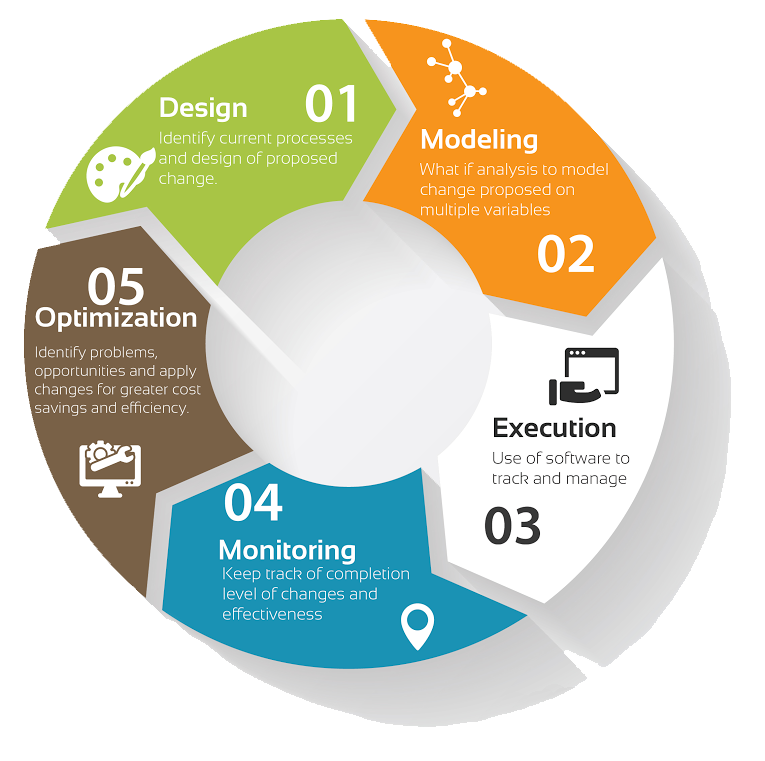Stages in the BPM life cycle
Knowing what constitutes a robust BPM practice can help you make more informed decisions in the pursuit of process efficiency.
A good starting point is to understand how the typical BPM life cycle works.
A simplified version of the BPM life cycle features the following steps: design, modeling, execution, monitoring, and optimization.

